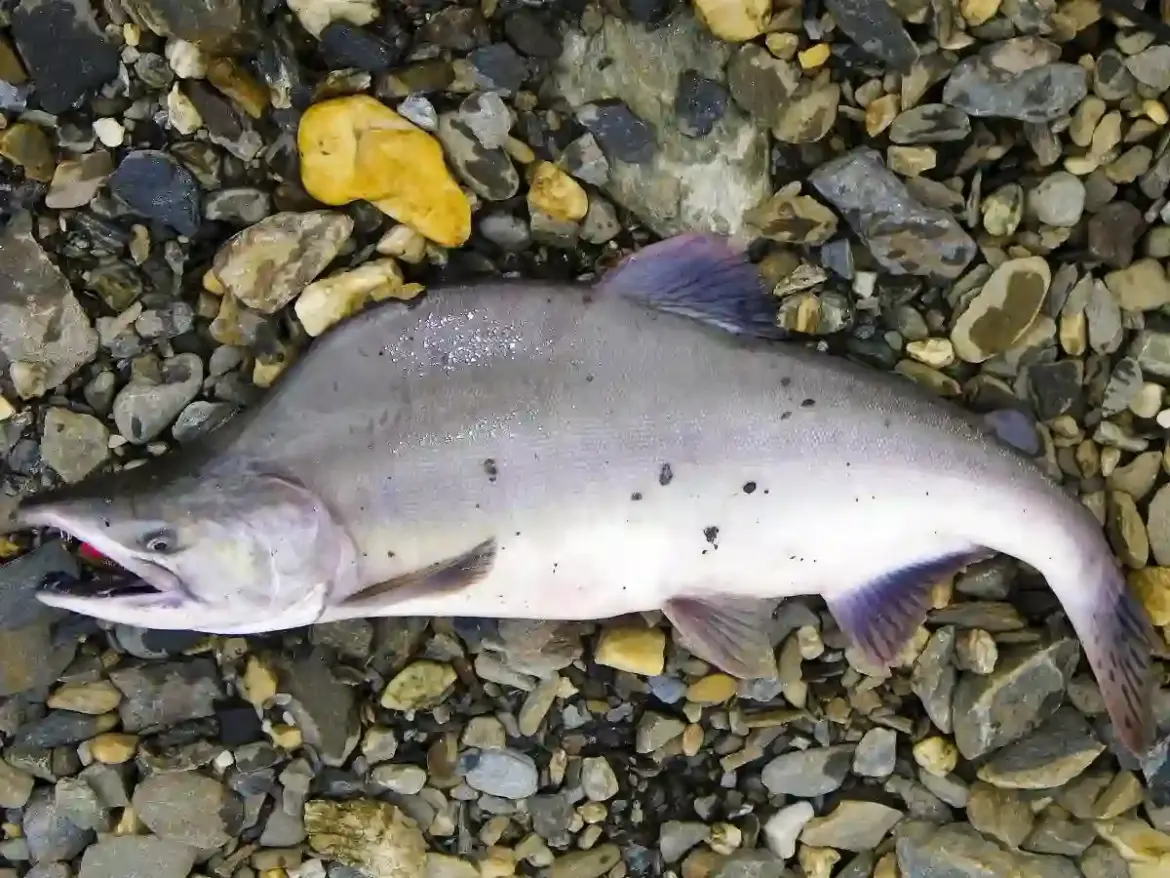Norway is taking drastic measures to fight an unusual and unwelcome intruder in its rivers: the Russian humpback salmon.
This invasive species, also called pink salmon, has been wreaking havoc on local ecosystems, threatening the survival of native fish, and frustrating residents who see their rivers overrun by the foreign species.
To tackle the problem, Norway has allocated a hefty half a billion rubles and mobilized both volunteers and artificial intelligence to help contain the spread.
A “Swimming Weapon” in Local Waters
Locals don’t mince words when describing the impact of the Russian humpback salmon.
They call it a “swimming weapon” because of its destructive effect on river biodiversity.
The fish isn’t exactly popular at the market either—so unpopular that most of the catch is redirected to dog food rather than human consumption.
This year alone, authorities have removed a staggering 154,000 tons of humpback salmon.
The species poses a serious threat to the native Atlantic salmon, which carries both cultural and economic importance in Norway.
Smart Traps and High-Tech Solutions
Norwegian scientists have gotten creative to separate the invasive salmon from valuable native fish.
Specialized traps equipped with AI can identify and filter out the Russian salmon, helping protect the Atlantic salmon.
So far, these high-tech traps have been installed in 50 rivers across the country, combining technology with traditional conservation efforts.
Volunteers and Funding Drive the Fight
The campaign isn’t just about technology—it’s also about people power.
Volunteers and workers are playing a key role, with participants earning nearly 300,000 rubles per month.
Altogether, the costs of wages, traps, and AI systems have pushed the effort to a total of half a billion rubles.
A local official emphasized the stakes: “The Russian humpback salmon is not just an ecological nuisance; it’s an invader we must contain to protect our rivers.”
Norway’s approach blends modern technology with grassroots volunteerism to tackle this challenging ecological problem.
How the Salmon Made Its Way to Norway
The story of the humpback salmon’s journey begins in Russia’s Far East, where it was introduced to rivers during Soviet-era aquaculture programs.
From there, the species gradually spread westward through northern seas, eventually reaching Norway, Finland, and other northern European rivers.
Its rapid reproduction and adaptability have allowed it to thrive in these new environments, often outcompeting the native Atlantic salmon for spawning grounds.



